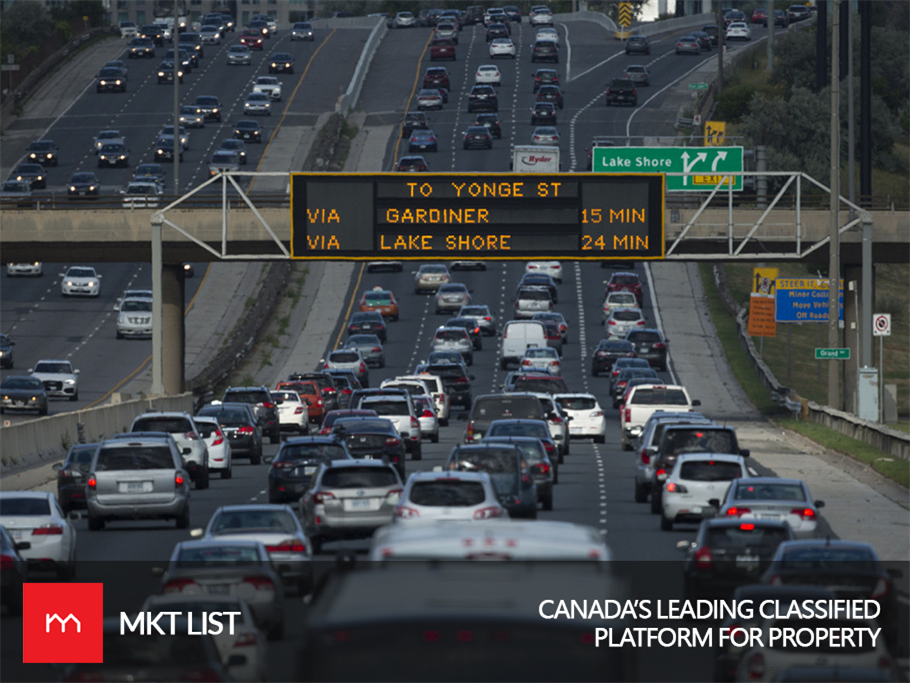

Anyone of you who has ever got a
chance to travel through Waterloo-Toronto Highway knows exactly how frustrating
it feels when it becomes congested and jammed.
According to a statement by the
Toronto Region Board of Trade, such problems can cause massive charges of $500
to $650 million per year anywhere. And if we calculate it on an average
household cost, it would be $125 per year.
This Waterloo-Toronto corridor is
a mean of the biggest manufacturing and transportation center. The Toronto
Region Board of Trade says, “one million tonnes or $3 billion worth of goods
are trucked through the region every day.”
This recent report about the
highway, which has just released on Wednesday tries to look into the problems
during the transportation of goods through the corridor. For such regard, it
has submitted four recommendations on how to change the transportation of
goods’ strategies in a better way so as to low down the heavy cost from the
city and the GTA inhabitants.
Jan De Silva, President and CEO
of Toronto Region Board of Trade says, “The Corridor is Canada’s economic
engine, with an unparalleled density of manufacturing and technology, a
fully-integrated cross-border supply chain and the country’s largest cargo
airport.”
He further adds, “Our
unparalleled advantage is severely hindered by the lack of a strategy to
address congestion and delays, which limits the ability of companies, from
every sector, to move goods within and across borders, rely on timely inventory
and stay competitive in the global marketplace.”
The initial problem is that the
Corridor is not using any of the available technologies currently as for
example the use of smart signals.
Smart signals are somewhat like
traffic signals and they are installed everywhere around the GTA region. They
are more effective and operative as compare to traffic signals and work
independently adjusting themselves in a current traffic scenario.
The smart signals help a
transport to turn to left by neglecting an advance left turn signal when there
are no other transports are in the queue. Similarly, a truck requires a maximum
time to turn around to clear the intersection, so smart signals would ensure
that the green lights are extended.
Another recommendation in a
report suggests changing the infrastructure which means when rush hour strikes,
the paved shoulders on the Don Valley Parkway should open. The speed of the
transports should be variable. And if an accident occurs, it’s better to clear
the road instantly. This all will help to undo the congestion on the GTA
highways.
Also, the big trucks should take
the Highway 407 and improve public transports in that region so that maximum
vehicles would run off.
If the situation remains unclear,
the recommendations should highly be adopted to get the Toronto move and run in
any direction smoothly.
Subscribe our page MKTLIST to receive weekly blog newsletter.
Be the first to Comment